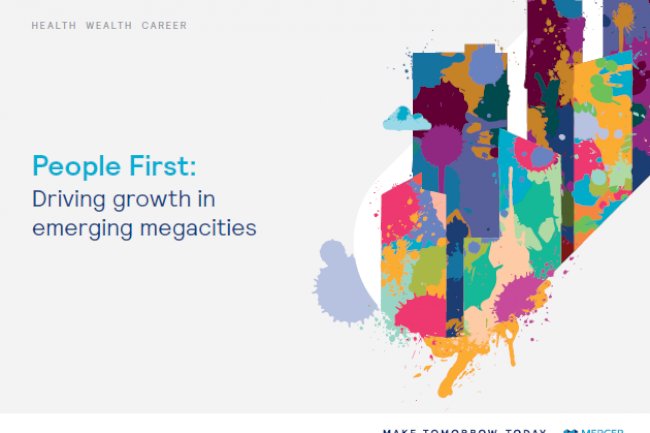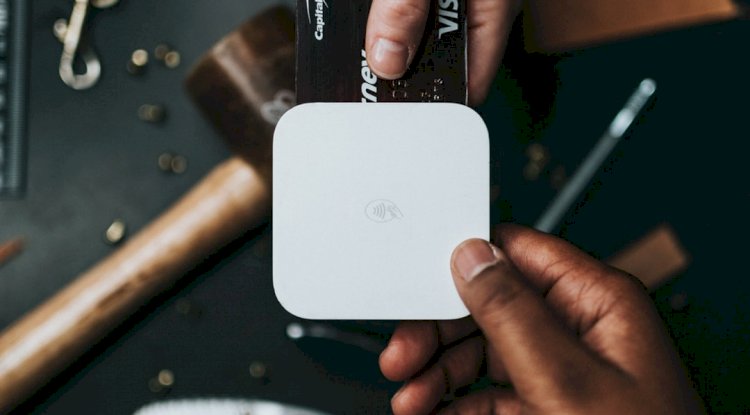5 Unique Factors to know which Customers are Profitable to your Business
Are your targeted customers or clients going to be willing to pay more for your products or services than it cost you to deliver it? Important facts to consider are: is the purchase important? Do features dominate the buying decision? Are you meeting a specialized need? Do customers have a predisposition to buy your product? How much choice do customers have? Which customers are profitable?

Below are the 5 important factors to enable you knowing those customers that are profitable for your business:
Is the purchase important?
A food firm has profitable stores in low-income neighborhoods. It can always get a fair price because people need to eat. Products sold for hobbies, status, or adventure also represent something important to buyers and can generate a profitable price.
Lisa Kanarek started a company called Everything’s Organized. She could have targeted either people in companies or homeowners. She decided that organizing offices would be more profitable because people were much more concerned about being efficient at work than they were about being efficient at home.
Do Features dominate the purchase?
When you buy gas, you buy it at a convenient location that has a low price. You don’t worry about the features of gas; you just worry about the price when you buy products such as paint, household furnishings, or word processing equipment, however, your first concern is features. These products allow you to charge a higher price.
Some customers, such as engineers, are typically more interested in the features, whereas other groups such as accountants’ are often most interested in price.
Are you meeting a specialized need?
At one time Bethlehem steel sold steel primarily to traditional large users, such as car companies. After a brush with financial disaster, Bethlehem started concentrating on smaller customers with specialized needs, where it could add value and generate more profit.
Are customers predisposed to buy your product?
Smith Andrea owns info plan, a company that offers customized market research for small and medium size businesses. Smith didn’t target large companies, even though they had more money to spend, because they were predisposed to use big market research firms. Smith could break into that market only by offering extremely low prices. Small firms, in contrast, are owned by entrepreneurs who are sympathetic to another small-businessperson.
How much choice do customers have?
Prices are always higher in a small town where customers don’t have any choice. Drug companies often have to drop their prices substantially when generic versions of their products become available. And price wars are common on airline routes that several airlines fly. You will always make more money if you alone can provide a product or service.
Estimating your business profit potential
You want to choose a segment that is big enough for your profit objectives. To determine profit potential, multiply your potential sales revenues by the average industry margin. Margin is the amount of profit divided by actual sales, for example, if the potential sales to a customer group are $2 million and the industry margin is 10 percent, then your expected profit is $200,000. This does not mean you will make $200,000 per year, but instead that $200,000 is your potential profit.
You ‘ll know right away that some customer groups are big enough to support your goals .for example, if your target group is the million or more engineers interested in drafting software and your profit goal is $250,000, you can easily achieve your goal. But in other cases, you might not be so sure, and you‘ll need to learn to eliminate a customer group’s potential.
What's Your Reaction?
























